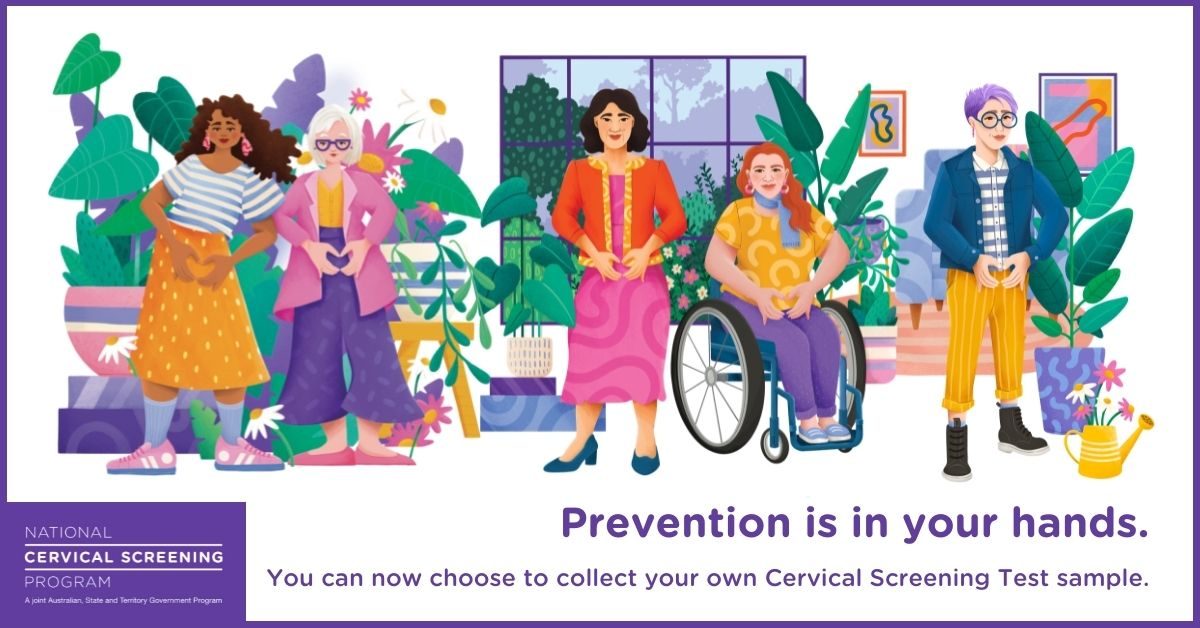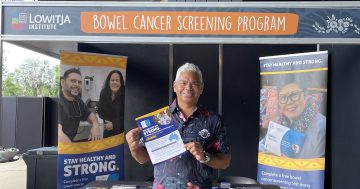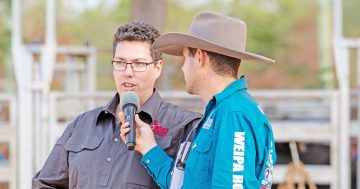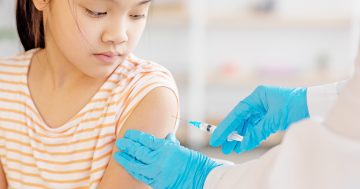
A NEW self-collection option introduced in July last year as part of the National Cervical Screening Program has been widely adopted in Cape York and the Torres Strait.
Torres and Cape Hospital and Health Service men’s and women’s health clinical coordinator Sandra Gregson said an impressive 49 per cent of cervical screening tests in the health service region were now self-collected.
“This was the highest self-collection percentage achieved by any health service in the state and well above the state-wide self-collection average of 14.5 per cent,’’ Ms Gregson said.
“The self-collect test gives people the option of collecting their own vaginal sample in a private space such as behind a curtain or private room, rather than a clinician collecting the cervical sample.
“We know some people may feel uncomfortable getting a cervical screening by a clinician, so the self-collect option makes the screening process much more private and comfortable and gives people a choice on how to provide a sample.
“This has definitely proved popular in our region. You can book a cervical screening test at your GP, your local primary healthcare centre, any family planning, and sexual health clinics and at Aboriginal and Torres Strait Islander medical services.’’
The self-collection option is helping increase cervical screening uptake amongst First Nations people and women who have never screened before.
Ms Gregson said the National Cervical Screening Program helped reduce illness and death from cervical cancer.
“If you’re a person with a cervix aged 25 and 74 years of age, if you’ve ever had any type of sexual activity and even if you’ve had the HPV vaccine, you are invited to have a screen every five years to protect yourself from cervical cancer,’’ she said.
“Cervical cancer is one of the most preventable cancers but, on average, only about half of eligible people participate in cervical screening.
“This is despite Queensland having one of the highest cervical cancer incidence rates in Australia, with around 190 people diagnosed with cervical cancer across the state every year.
“Most cervical cancers occur in people who have never screened or do not screen regularly. Having regular screening tests is the best way to protect yourself.
“The test looks for the presence of human papillomavirus (HPV) – which can lead to cell changes in the cervix – so that it can be monitored or investigated further if needed.
“If your results are normal, the cervical screening test, whether self-collection or clinician collection, is only done every five years.’’
Ms Gregson said cervical cancer was a rare type of cancer that developed in the cervix – the entrance to the womb from the vagina. It happens when there are changes in some cells lining the cervix. Sometimes these abnormal cells grow and multiply and can develop into cancer.
The cervical screening test is a new, more accurate way of protecting women against cervical cancer.
It was introduced in Australia in 2017 and is expected to protect almost one-third more women from cervical cancer than the old pap smear.







